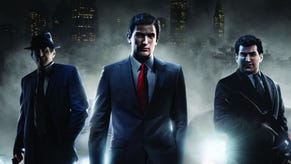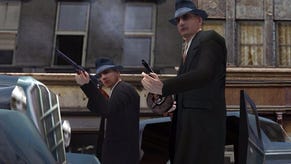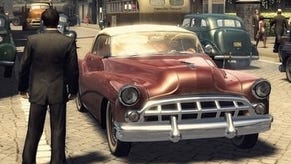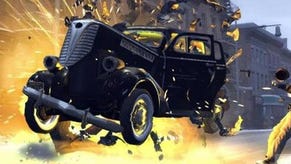Retrospective: Mafia
It's a hit, man.
This article is a tribute to the phone box repairmen and women of Lost Heaven. The work they put in behind the scenes, without credit, is only outshone by my dedication toward driving into them.
Mafia is still a radical game. In 2002, just a year after Grand Theft Auto III had shaken up everyone's expectations of sandbox gaming, Illusion Softworks' open city went deeply against the grain. Rather than embracing the freedom of choice a living city offers, it chose to make a tightly scripted, extremely linear story with little else to do. And thank goodness, because seven years on, Mafia is still compelling despite its aging technology.
Taxi Driver
Tommy Angelo is a taxi driver. That's all. It's only luck that he saves the lives of a couple of members of the mafia, when he aids their getaway. When rival mobsters exact their revenge on Angelo's car, Tommy is invited to meet Mr Don Salieri to be offered compensation. Along with it comes an invite to join the family, should he wish.
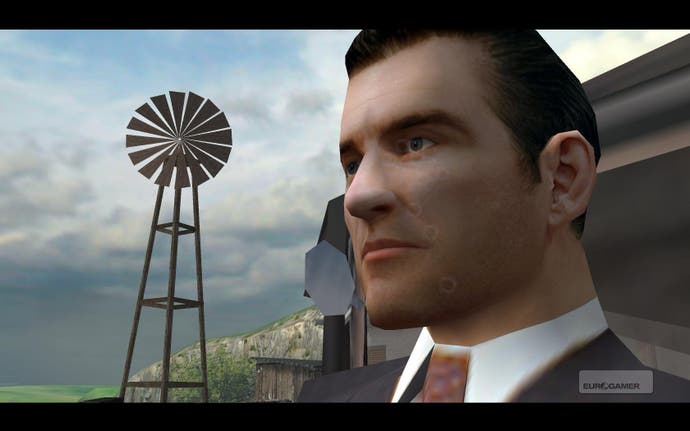
It's not like he has to. Lost Heaven is quite a remarkable place. For the first half of the game, unless you take it upon yourself to go exploring, you're not often taken out of the three main sections of the city. Part New York, part San Francisco, the city thrives with traffic, pedestrians, trams and trains. But explore the edges and you'll find airports, docks, and best of all, a super-rich area with far more phone boxes to smash than anywhere else. Despite looking like it's made of crudely painted cardboard, it's a vivid and interesting town that rewards journeys down side alleys, or ambling journeys on the elevated railway.
Of course, Tommy does join the Salieri family. What surprised me going back to a game I remember extremely fondly is just how long it takes to get going. After a tortuously dull series of taxi driver missions, joining the mafia doesn't improve things much. You're still more chauffer than mobster, and while there's a couple of shoot-outs, it was hard to remember why so much of my affection had been merited. But then it gets going.
Mafia is a much purer interpretation of GTA's method of weaving a narrative through an open world. Rather than smothering things in side quests (although there are a few opportunities to complete tasks for a friendly mechanic to score more cars), here it's about a barrage of set-pieces. The first notable example, rather sadly, is the race.
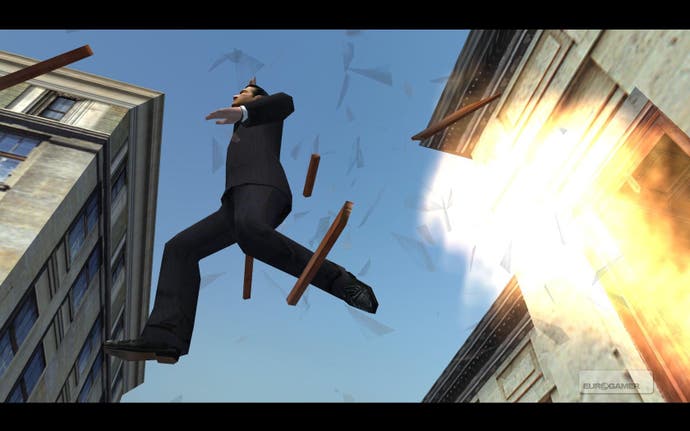
Oh boy, if there's a level of any game that's become infamous, it's Mafia's race. Having completed a rather fun mission stealing a rival's car from the racetrack garages the night before, in order to get it tinkered with by your mechanic, you're then required by the Don to take part in the race yourself. Only first place is good enough, for a five-lap race in cars that are part rocket, part aircraft carrier. The original version of the game had this set so idiotically difficult that many found their game ended here. Fortunately it was later patched, and if you're planning on playing the game, you must make sure you upgrade it to at least v1.2. However, it's still no simple matter.
Turn damage off and set it to the emasculating "Very Easy" and you'll eventually get through it, so long as you don't clip the wrong edge and get flipped into oblivion. (Cue a thousand comments telling us how easy it was on Hard). But once you get past it, Mafia comes to life.
The Age Of Innocence
I've mentioned how the tech has dated, and as you watch apparent clear skies peel back to reveal whacking great buildings, or see pedestrians fade in and out of existence, you can see it straining at its limitations. But the most dramatic contrast between absolutely brilliant graphics and quite stunningly awful happens with the people. The faces still look amazing. In 2002 they were jaw-dropping, and they're far better than most today. However, these realistic heads are propped on bodies that look like stick men in comparison. Their giant, clumsy sausage fingers, and bizarrely poorly textured clothing, seem like some sort of Faustian penalty. "You may have face technology years ahead of its time," said the Devil. "But their bodies shall look like they belong on a PSX! Bwahaha!"

